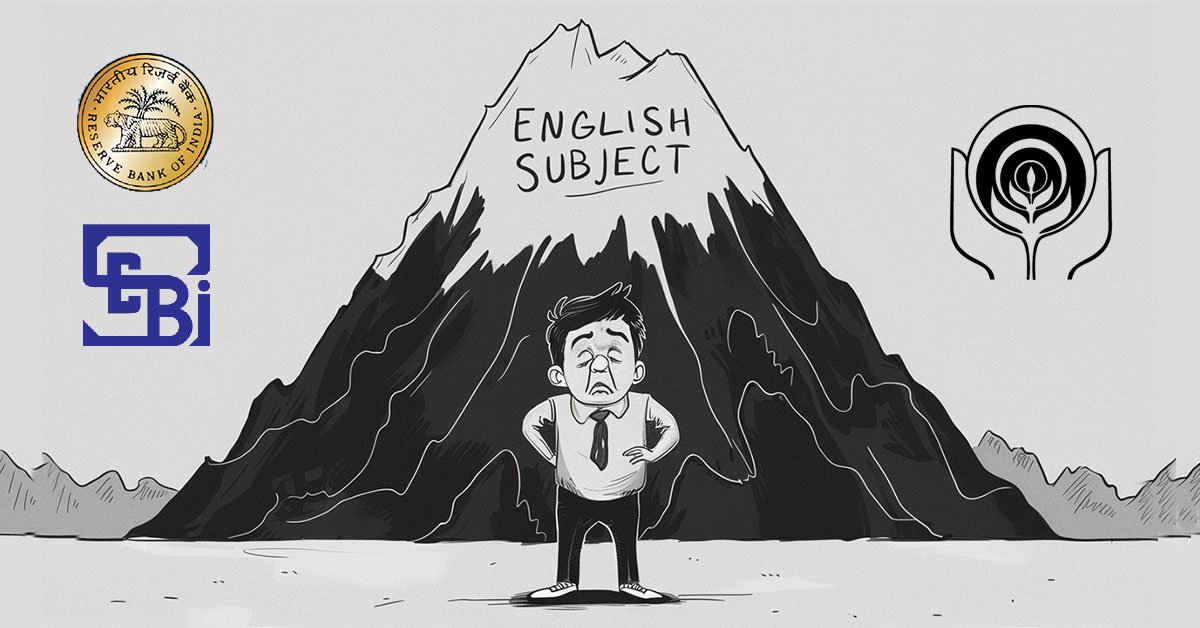Source: ET
Context:
The Reserve Bank of India (RBI) is accelerating efforts to internationalise the Indian rupee, with growing instances of exporters invoicing cross-border trade in the local currency. Deputy Governor T. Rabi Sankar stated that rupee internationalisation will be a key pillar in India’s journey towards becoming a developed economy.
Rupee Invoicing on the Rise
- Indian exporters have begun invoicing trade in rupees, though the proportion remains small.
- RBI expects a surge in rupee-denominated trade settlements as businesses gradually shift from dollar or euro invoicing.
- Sankar noted that exporters and importers need time to adjust their mindset and practices, but momentum is building.
Economic Rationale
- Advanced economies benefit from invoicing in their own currencies, which reduces exchange-rate risk and enhances business competitiveness.
- By promoting rupee invoicing, India aims to minimise forex risk exposure for domestic businesses and strengthen economic stability.
Strategic Benefits of Rupee Internationalisation
- Reduces India’s dependence on major global currencies like the US dollar.
- Enhances India’s financial sovereignty and cushions the economy from global currency shocks.
- Supports the creation of a more balanced and resilient global financial system, where multiple currencies play an active global role instead of a few dominant ones.
RBI’s Broader Vision
- The central bank views rupee internationalisation as crucial to achieving India’s developed economy goal by 2047.
- It is part of a long-term framework to deepen financial markets, simplify trade settlement, and expand India’s global economic footprint.
Background and Policy Initiatives
- In 2022, RBI allowed international trade settlement in rupees, enabling Indian banks to open Vostro accounts for partner countries.
- Several nations in Asia, Africa, and the Middle East have already shown interest in rupee trade settlement.



















